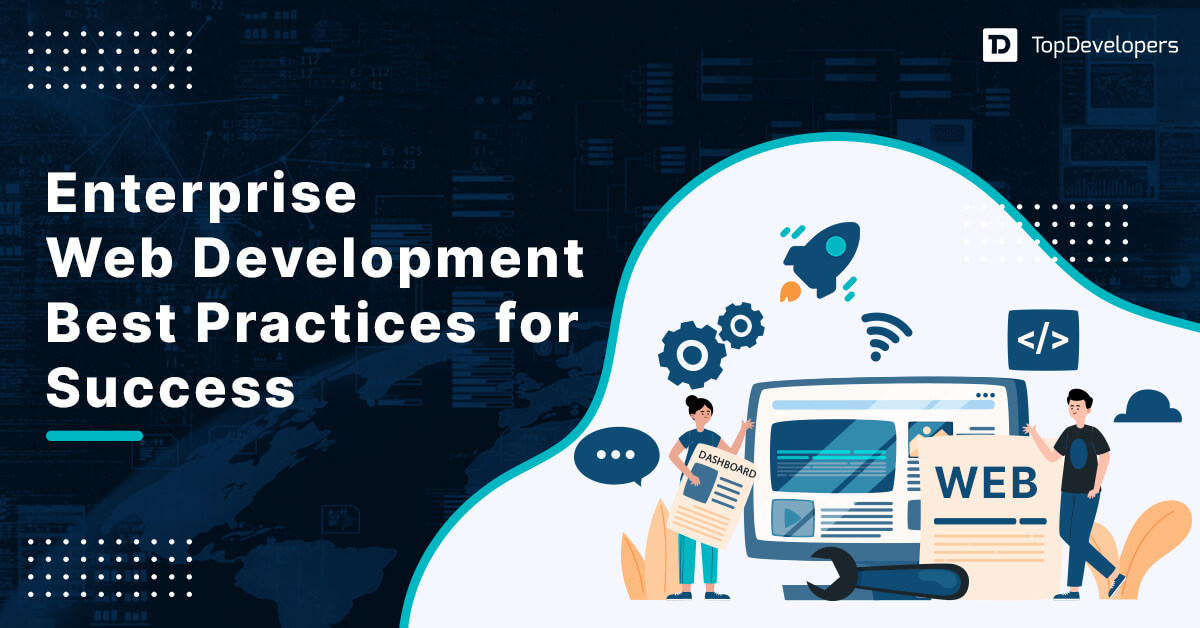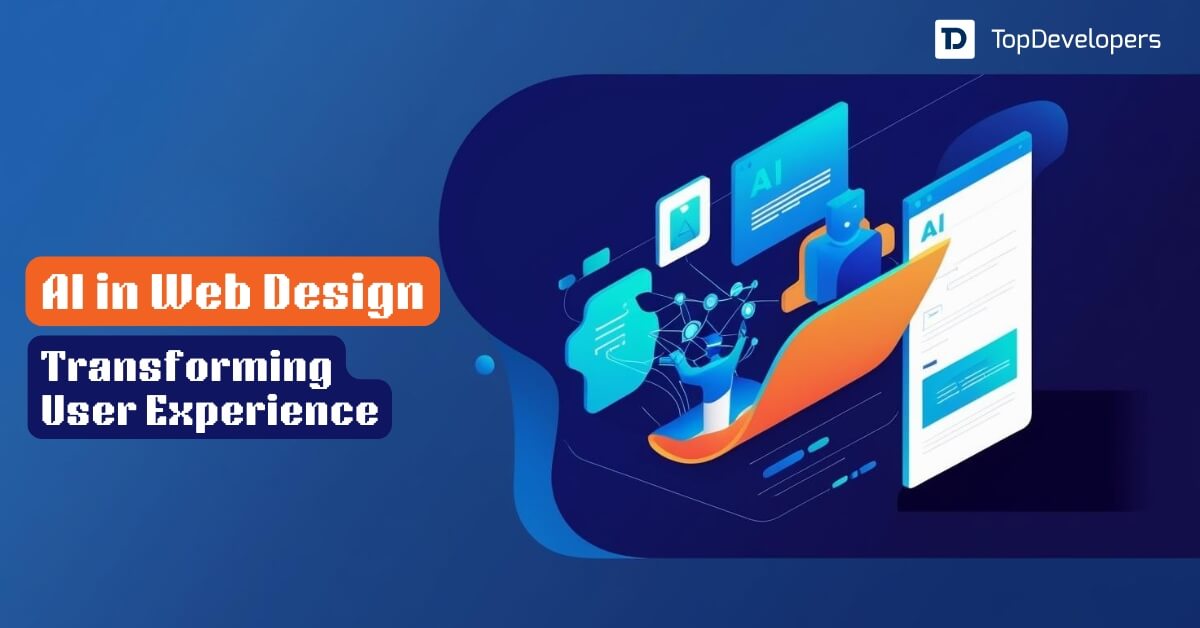
Imagine building a fantastic store in a prime location but having no customers walk through the door. That’s what it feels like when your website exists but doesn’t attract visitors. Without consistent traffic, even the most stunning websites fail to deliver results.
With Google driving over 91.5% of global search traffic, getting your website noticed requires more than just publishing content. You need a comprehensive strategy to drive traffic, engage visitors, and convert them into customers.
This blog explores actionable strategies that help you attract and retain website visitors. From SEO-optimized content creation to leveraging video marketing, these tips are designed to boost your traffic and improve conversions. Whether you’re a small business owner, marketer, or eCommerce entrepreneur, this guide will empower you to grow your online presence effectively.
Table of Contents
Why Website Traffic is Essential for Growth?
Build Brand Awareness
Website is important for business as every website visit is an opportunity to make your brand known. When people discover your site through search engines, social media, or referrals, they learn about your products and services. Increased traffic leads to higher brand recognition and recall.
Generate Qualified Leads
Driving traffic strategically ensures you attract the right audience. Instead of just random visitors, SEO, local search, and content marketing bring users who are already interested in your offerings. These visitors are more likely to fill out forms, make purchases, or sign up for newsletters.
Improve Revenue
More traffic translates to more opportunities for conversions. For eCommerce businesses, more visitors mean higher sales. For service providers, traffic can lead to more inquiries and bookings. In either case, your website becomes a revenue-generating asset.
Ways to Increase Website Traffic & Drive Results
SEO Strategies
Create SEO-Optimized Content
Content is the backbone of your website’s success. To make it SEO-optimized, conduct thorough keyword research, focus on user intent, and write long-form content that answers your audience’s queries comprehensively. Ensure URLs and meta tags are keyword-rich and descriptive.
- Keyword Research: Use keyword research tools like Google Keyword Planner, Ahrefs, or SEMrush to identify high-traffic keywords relevant to your niche. For example, if you’re targeting “ways to increase website traffic,” identify variations like “organic traffic tips” or “SEO strategies for website growth.”
- Write Long-Form Content: Blog posts with 2,000+ words rank higher because they cover topics comprehensively.
- Focus on User Intent: Understand what your audience wants. If they search for “how to increase website traffic,” they’re looking for actionable tips, not vague advice.
- URL Optimization: Use short, descriptive URLs (e.g., /increase-website-traffic-tips) to make pages easier to rank.
Example: HubSpot’s blog on inbound marketing ranks consistently because of detailed, keyword-rich, and user-focused content.
Improve On-Page SEO
On-page SEO ensures your website is both search-engine and user-friendly. Use clear headings, optimize meta descriptions, and strategically place primary and secondary keywords. Internal links and image alt texts further improve search visibility and user experience.
- Meta Tags: Craft compelling meta descriptions (155–160 characters) with keywords. Example: “Learn proven ways to boost website traffic. From SEO to video marketing, these tips drive real results!”
- Header Tags (H1-H6): Organize your content with clear headings. Each section should have one H1, followed by subheadings (H2-H6).
- Image Optimization: Use descriptive filenames (e.g., seo-traffic-tips.jpg) and alt texts like “SEO strategies to increase website traffic.”
- Internal Linking: Connect related articles on your site to keep users engaged longer and distribute page authority.
Leverage Technical SEO
Technical SEO focuses on your website’s structure and backend performance. Create XML sitemaps, fix broken links, and improve site speed to ensure seamless crawling by search engines. Tools like Google Search Console are essential for monitoring performance.
- XML Sitemaps: Submit your sitemap to Google Search Console to guide search engines.
- Schema Markup: Add structured data to your website to enable rich snippets, like star ratings or FAQs, in search results.
- Fix Errors: Resolve 404 errors and redirect old URLs to maintain link equity.
- Site Speed: Use tools like GTmetrix to analyze and optimize page load speed. Faster sites rank higher and reduce bounce rates.
Tip: Technical SEO might require collaboration with a developer. Invest in SEO audit tools like Screaming Frog to monitor and fix technical issues.
Optimize for Voice Search
Voice search optimization is key to capturing modern audiences. Incorporate conversational long-tail keywords, answer questions directly, and focus on location-specific queries to rank higher for voice-activated searches like Siri or Alexa.
- Use Conversational Phrases: Include long-tail keywords and natural language queries. For example, instead of “SEO tips,” target “What are the best SEO tips to increase website traffic?”
- Answer Questions Directly: Create FAQ sections with concise answers. This helps voice assistants like Alexa or Siri retrieve your content.
- Focus on Local SEO: Voice searches often include location-based terms like “near me” or “in [city name].” Optimize content for local searches using tools like Google My Business.
Stat: Over 50% of mobile users use voice search to find local businesses.
Content Marketing
Publish Creative and Engaging Content
Creative content captures attention and encourages users to stay on your site longer. Use storytelling, incorporate visuals like infographics, and write catchy headlines to make your content stand out and rank better.
- Use Storytelling: Share relatable anecdotes or examples.
- Add Visuals: Include charts, infographics, and videos to break up text.
- Write Catchy Headlines: Use headline analyzers (e.g., CoSchedule) to craft irresistible titles.
Example: “10 Ways to Drive Website Traffic: Proven Tips for Success.”
Update and Repurpose Existing Content
Refreshing old content can drive new traffic. Update outdated statistics, add recent insights, and transform blog posts into videos or infographics to appeal to different audiences across platforms.
- Update Data: Replace outdated statistics with fresh ones.
- Add New Insights: Expand sections or add examples to enhance value.
- Repurpose Formats: Turn a blog post into a video, infographic, or social media carousel.
Pro Tip: Identify high-performing posts in Google Analytics and prioritize them for updates.
Guest Posting for High-Quality Backlinks
Guest posting is a proven strategy to increase website traffic by publishing content on high-authority websites. Include backlinks to your site to drive referral traffic while establishing your expertise in your niche.
- Expand Your Reach: Access a new audience that may not have found your website otherwise.
- Boost SEO: Gain high-quality backlinks that signal search engines about your site’s authority.
- Strengthen Your Reputation: Position yourself as a thought leader in your niche.
How to Get Started with Guest Posting:
- Research Target Websites:
- Use tools like Ahrefs Content Explorer to find websites that accept guest posts.
- Look for sites with high domain authority (DA) and an engaged audience.
- Pitch a Unique Topic:
- Propose fresh, valuable content ideas aligned with the site’s theme.
- Example: If you run a fitness blog, pitch topics like “10 Nutrition Hacks for Busy Professionals.”
- Write High-Quality Content:
- Include actionable tips, relevant data, and a natural mention of your website.
- Example: Link to your guide on “Fitness Tips for Beginners” to drive targeted traffic.
Tip: Avoid overloading your guest post with promotional links; focus on providing value.
Email and Social Media Marketing
Build and Leverage an Email List
Email marketing is a powerful tool to drive consistent traffic. Offer value through lead magnets like eBooks or discounts to grow your subscriber list and direct users to your website with engaging email campaigns.
Steps to Build an Engaging Email List:
- Offer Lead Magnets:
- Create downloadable resources like eBooks, checklists, or templates.
- Example: A real estate website can offer a free “Home Buying Checklist” in exchange for an email address.
- Embed Signup Forms:
- Place forms in high-visibility areas, such as the homepage, blog sidebar, or exit-intent popups.
- Segment Your List:
- Divide your audience based on interests, behaviors, or demographics.
- Example: Send targeted emails about “SEO tips” to users interested in digital marketing.
Crafting Effective Emails:
- Use engaging subject lines: “Discover 5 Traffic-Boosting Secrets!”
- Add CTAs: “Click here to learn more about our strategies.”
Engage Users on Social Media
Social media platforms are invaluable for building a loyal audience and driving consistent traffic to your website. However, posting sporadically won’t yield results.
How to Engage Effectively:
- Post Consistently:
- Develop a content calendar to schedule posts daily or weekly.
- Example: Share blog snippets, behind-the-scenes videos, or user testimonials.
- Leverage Platform Features:
- Use Instagram Reels, Facebook Live, or LinkedIn Polls to boost engagement.
- Example: Host a “Live Q&A Session” to address audience queries in real-time.
- Join Groups and Communities:
- Participate actively in niche-specific Facebook Groups or Reddit forums.
- Answer questions and link to relevant content on your site when appropriate.
Collaborate with Influencers
Influencer marketing connects your brand to their established audience, driving awareness and traffic. Choose influencers based on relevance to your industry.
Types of Influencers:
- Micro-Influencers: Have 1,000–100,000 followers with highly engaged audiences.
- Macro-Influencers: Have over 100,000 followers, providing greater reach.
Steps to Start Collaborating:
- Identify Suitable Influencers:
- Use tools like BuzzSumo to find influencers in your niche.
- Example: A skincare brand can partner with beauty influencers.
- Create Mutually Beneficial Campaigns:
- Offer free products, exclusive discounts, or affiliate commissions in exchange for mentions.
- Example: Ask the influencer to post an Instagram Story linking to your product page.
Advertising
Use Paid Ads for Targeted Traffic
If you want immediate results, paid ads are a reliable option. Platforms like Google Ads and social media ads let you target specific demographics and interests.
How to Launch a Successful Paid Campaign:
- Define Your Goals:
- Decide if you want to drive traffic, increase conversions, or grow brand awareness.
- Example: Set a goal to “generate 500 visitors within the next 7 days.”
- Choose Your Platform:
- Use Google Ads for search intent-driven traffic.
- Use Facebook/Instagram Ads to target interest-based audiences.
- Craft Compelling Ad Copy:
- Include eye-catching visuals, clear headlines, and a strong CTA like “Shop Now.”
Pro Tip: Monitor campaign performance using metrics like click-through rates (CTR) and adjust accordingly.
A/B Test Ad Campaigns
A/B testing helps determine what resonates most with your audience. Experiment with variations in headlines, CTAs, or visuals to find the best-performing ads and maximize ROI.
How to Conduct A/B Testing:
- Choose Variables to Test:
- Examples: Headlines, images, CTAs, or audience targeting.
- Version A: “Get 10% Off Today!” vs. Version B: “Limited-Time Offer – Save 10%!”
- Run the Test:
- Use tools like Google Optimize or Facebook Ads Manager.
- Analyze Results:
- Track metrics like impressions, clicks, and conversions to identify the winning version.
Result: A well-tested ad campaign can significantly reduce ad spend while improving ROI.
Link-Building
Generate High-Quality Backlinks
Backlinks from reputable sites improve domain authority and search rankings. Publish link-worthy content like guides or research studies to attract natural backlinks.
Effective Backlink Strategies:
- Create Link-Worthy Content:
- Publish research studies, infographics, or case studies that others will want to reference.
- Example: “The Ultimate Guide to E-commerce Trends 2024” with actionable insights.
- Outreach to Bloggers:
- Send personalized emails requesting links to your content.
- Example: “Hi [Name], I noticed your recent article on [Topic]. I think our guide complements it well—would you consider adding it as a reference?”
Use Smart Internal Linking
Linking related content keeps users on your site longer and improves SEO. Use descriptive anchor texts to connect relevant blog posts or pages.
How to Use Internal Links Effectively:
- Link to High-Value Pages:
- Guide readers to product pages or cornerstone content.
- Example: From a blog post on “SEO Basics,” link to a “Complete SEO Checklist” page.
- Use Descriptive Anchor Text:
- Instead of “Click here,” use keywords like “Learn SEO strategies to drive traffic.”
Increase Your Website Traffic Constantly
Businesses enjoy a high conversion rate with growing traffic. They pour in efforts, time, and resources to improve website conversion rate, and driving traffic is one of them. There can be different roads to reach the destination (Grow traffic), so users can consider any path from organic search to social platforms to influencers’ posts. It mandates trying various methods and considering tips for businesses that make reaching out to business websites easier and significantly boost traffic.
 Avantika Shergil
| Apr 18, 2024
Avantika Shergil
| Apr 18, 2024
Avantika Shergil is a technology enthusiast and thought leader with deep expertise in software development and web technologies. With over 8 years of experience analyzing and evaluating cutting-edge digital solutions, Avantika has a knack for demystifying complex tech trends. Her insights into modern programming frameworks, system architecture, and web innovation have empowered businesses to make informed decisions in the ever-evolving tech landscape. Avantika is passionate about bridging the gap between technology and business strategy, helping businesses build customized software and website, and understand about different tools to leverage effectively for their ventures. Explore her work for a unique perspective on the future of digital innovation.





